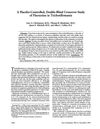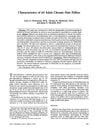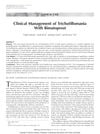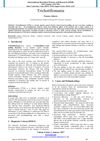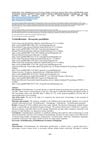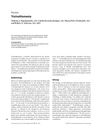Trichotillomania: Clinical Aspects and Treatment Strategies
March 1994
in “
Harvard Review of Psychiatry
”
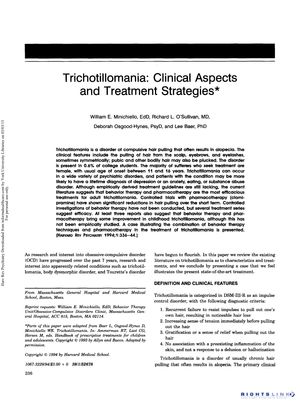
TLDR Behavior therapy and medications, especially clomipramine, can help reduce hair pulling in people with trichotillomania.
The 1994 document provides a comprehensive overview of trichotillomania, detailing its clinical features, prevalence, and associated psychiatric comorbidities. It was found in 0.6% of surveyed college students, with a higher occurrence in females and onset typically between ages 11 and 16. The paper highlights the lack of empirically derived treatment guidelines but notes the efficacy of behavior therapy and pharmacotherapy, especially clomipramine, in reducing hair pulling. Clomipramine was particularly effective, showing significant improvement in a 10-week trial with 13 women and a 40% symptom decrease at a 2-year follow-up of 20 patients. Other medications and behavior therapy techniques like habit reversal also demonstrated effectiveness. Despite the success of these treatments, the etiology of trichotillomania remains elusive, with various theories proposed but no definitive explanation. The document concludes that a combination of behavior therapy and pharmacotherapy may offer the most comprehensive treatment approach for trichotillomania.
